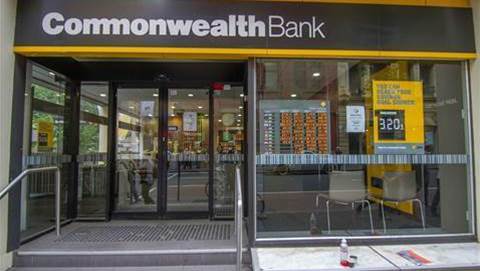The ASX is set to “stress test” its existing core trading system, CHESS, in December to determine how capable the system is of meeting trading volumes in 2032, which is how long regulators want it to stay operational.
The exchange said it is currently “assessed as being able to process up to 10 million trades per day”, based on a capacity increase performed in May 2021.
It’s in no immediate danger of exceeding that number, with “the current rolling daily peak trading volume over 24 month period” coming in at 4.8 million trades, and the rolling daily peak volume over a three month period at 2.3 million, as of February 2023, according to a special report [pdf] published Monday.
Current modelling suggests daily trading volumes will reach 5 million transactions “by February 2025” and 10 million “by April 2030”.
The latter could be of concern to the ASX: the Australian Securities and Investments Commission (ASIC) asked the ASX in December “to consider support and maintenance” of CHESS through to 2032.
The extension was prompted by the ASX abandoning a planned replacement of CHESS that used blockchain technology and heading back to the drawing board on the project.
As a result, the existing CHESS system has to remain operational for much longer than expected.
The report released today details how the ASX intends to keep the current CHESS operational until it can be replaced.
That will require a lot of contracts to be extended: the report details a number of active discussions in this regard, but adds that the stock exchange will need to rely on new upgrade paths emerging in coming years if it’s to keep the current CHESS system going until 2032.
CHESS’s capacity is also a potential concern - and the ASX will look to immediately address its understanding of the trading system’s “breakpoints” this year.
In various parts of the report, the ASX commits to conducting “a stress test for over 10 million trades per day to identify breakpoints” in December this year.
“The capacity of the current stack has been tested up to 10 million trades,” it said.
“Further testing will be performed in 2023 to test the maximum volume of trades CHESS can perform before performance degradation, to understand peak capacity, forecast processing time required, and assess any impacts on next day opening times.”
Elsewhere, it said that the “application breakpoint test … would determine the practical capacity limitation for the CHESS and identify the maximum number of daily trades that would result in the system failing to meet SLAs.”
The exchange said it would use the test results “to develop potential options to manage incoming transactions during unplanned/outlier events” and to identify “an alternate method” to accept trades if an anomalous event materialised between now and CHESS being replaced.
Much of the report deals with upgrading the cyber security around CHESS, but this is almost entirely redacted, as is a section dealing with the risks associated with the system.
It appears access to skills is also a potential risk through to 2032, though again this section is redacted.
Replacement continues
The report was prepared for ASIC and the Reserve Bank of Australia (RBA), both of which had examined ASX over the troubled system replacement project.
The report lists 27 initiatives across four themes from ASIC, covering operations, security, continuity and governance.
The CHESS special report was independently audited by EY [pdf] which noted ASX addressed ASIC’s concerns surrounding maintenance and work conducted supports documentation.
The EY report also found “ASX has conducted sufficient governance arrangements for the production of the special report. The EY audit report also makes recommendations, which ASX acknowledges and will address.”
ASX managing director and CEO Helen Lofthouse said the special report is “transparent about the risks [to CHESS], and how these are being managed or mitigated, including through an ongoing roadmap of maintenance and support".
“We will continue investing in and enhancing CHESS to support the long-term interests of Australia’s financial markets, and to ensure we continue to meet applicable regulatory requirements," Lofthouse said.
The ASX is continuing to explore a permanent CHESS replacement and is considering "more conventional technology” to underpin this.
“We are making good progress on the CHESS replacement solution design and our intention remains to announce the solution design by the final quarter of this calendar year,” Lofthouse said.
During a parliamentary committee in February this year, Lofthouse said it would take "time to rebuild trust and confidence” around the project and committed to “lifting transparency”.
More recently, ASX re-established its chief information officer role with Tim Whiteley stepping into the role, which “involves taking accountability for delivery of the technical aspects of the CHESS replacement program."





.jpg&h=140&w=231&c=1&s=0)




















